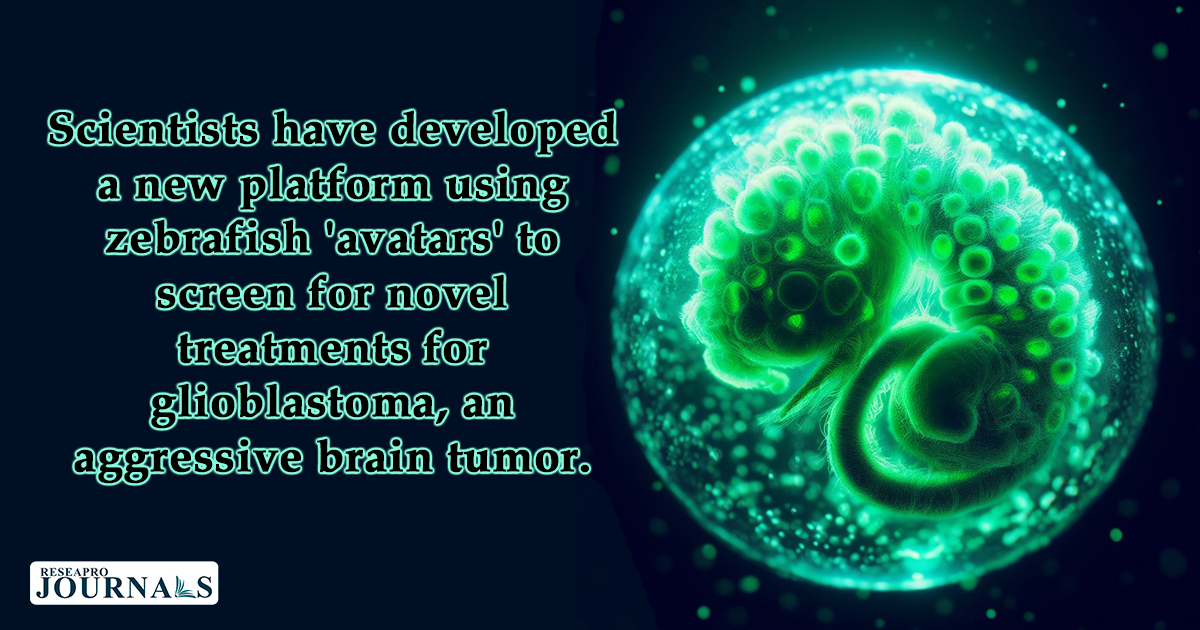
Scientists have created a new platform using zebrafish “avatars” to screen for novel treatments for glioblastoma, an aggressive brain tumor. This platform could also be used to predict whether a particular patient will respond to a therapy.
The researchers injected glioblastoma stem cells from seven patients into zebrafish embryos, creating xenograft models for each patient. When they live-imaged the embryos, they found that the glioblastoma cells had adapted well to their new environment and were suppressing the zebrafish’s immune system.
However, the researchers noticed that the tumor of one patient did not suppress the normal macrophage response. This patient was a “long-term survivor,” meaning they had survived for more than five years with glioblastoma, which is exceptionally rare.
When the researchers investigated further, they found that one gene, LGALS1, was downregulated in the tumor of the long-term survivor compared to the others. Silencing of LGALS1 in glioblastoma cells has also been shown to result in longer survival.
The researchers knocked out the LGALS1 gene in another patient’s sample and observed in the zebrafish models that the tumor became less invasive. This suggests that targeting LGALS1 could be a promising new approach to treating glioblastoma.
This platform could be used to identify other promising targets for treating glioblastoma, and with some refinement, zebrafish avatars could be used to predict which treatments will work for individual patients. This information could help oncologists make more informed treatment decisions.



